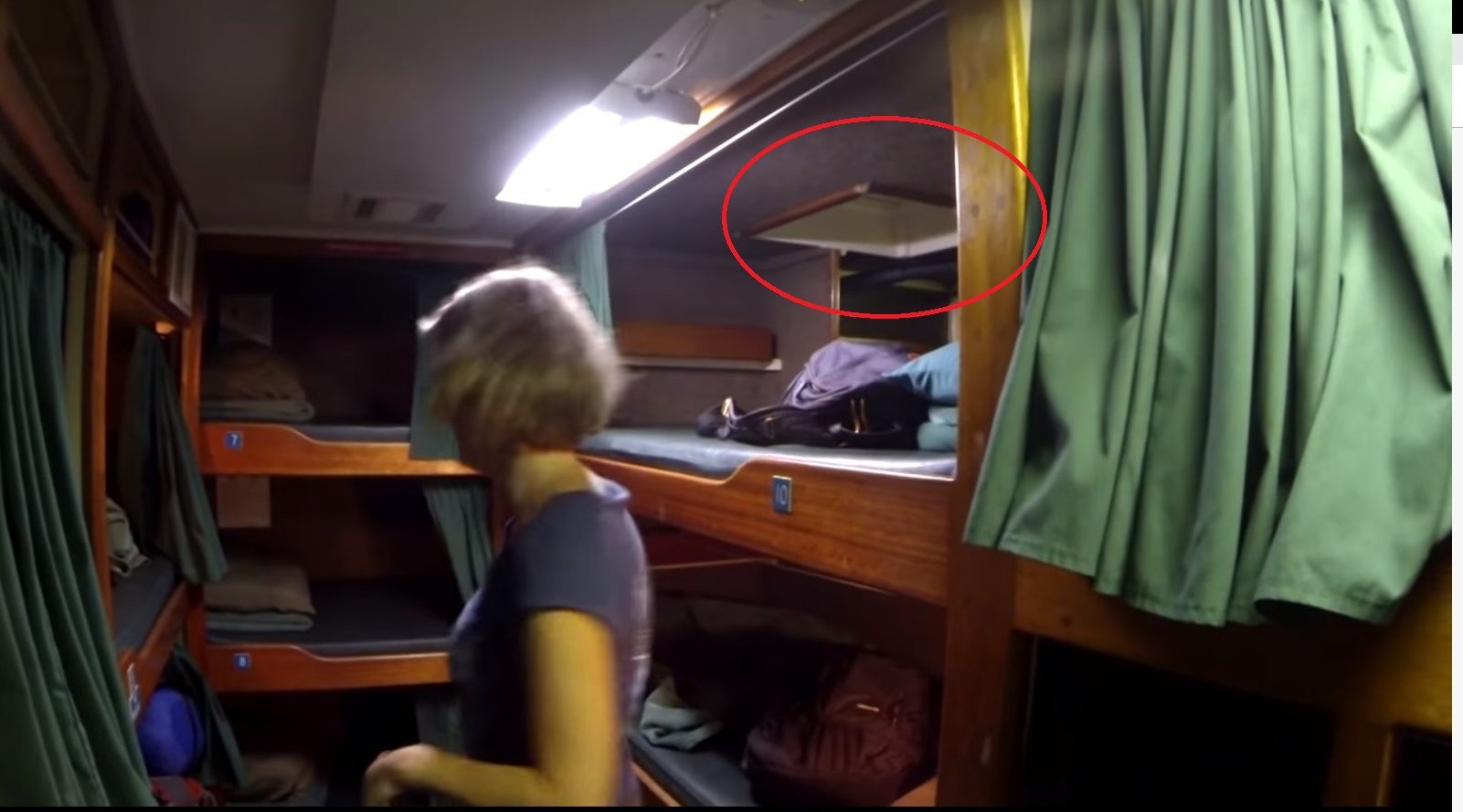Wookie
Proud to be a Chaos Muppet
Staff member
ScubaBoard Business Sponsor
ScubaBoard Supporter
Scuba Instructor
In fact, automatic bilge pumps are prohibited. They may only be allowed in segregated bilges where shaft pockets and AC drains are, not where the nasty bilges in the engineroom are.I was thinking that the computer room/data centers of places I have worked had Halon fire suppression systems. What is the difference here? People in a computer room are presumed to be awake and can get out quickly?
I was also thinking of sprinklers like what are in my condo. Those are obviously designed to work even in rooms where people are sleeping. If it needs city water pressure behind it, why wouldn't there simply be a pump that is connected to the outside of the boat?
I'm not trying to argue with anyone. I really don't know anything about these things. I'm just trying to understand.
So far, from what @Wookie posted, what I got was that the reason these ships don't have these kinds of suppression systems is, basically, because USCG regs don't require them. Implying that they don't have them because of cost, I guess.
It seems like water that made a lithium battery (e.g. a camera battery) fire worse, but put out the flames that had spread anywhere/everywhere else would still be a wise tradeoff?
I'm thinking of it kind of like when I have a bonfire in a field. Sparks sometimes fly out and start nearby grass on fire. I don't have to put out the bonfire in order to keep things safe and put out the stuff nearby that catches.
I have played a fair bit with sodium and potassium and water. My uncle was a chemist and liked to bring home samples... I get how lithium can react with water. But, I'm thinking that a small pile of camera batteries that catches on fire, while they get worse, soaking everything around them to keep the rest of the compartment from going up in flames might be reasonable to give people time to wake up, get out, and/or deploy the proper type of fire extinguisher?
Don't all these kinds of ships have automatic bilge pumps? So, if a fire system started pumping water into one cabin, the bilge pump would at least substantially prolong the time until the ship was flooded? Unless it was like (I think) Wookie said and the fire pump and bilge pump were one and the same.
Regardless, for fire suppression, it would only be pumping into one compartment, right? And not the kind of volume that those fire hoses shown in the pictures were pumping. If the system kicked in quickly, it shouldn't really take that much water to put out a fire, should it?
I did a Blackbeard's cruise a month ago. This really has made it real for me how likely dead I would be if we'd had a fast fire in the galley/salon area.
Also, one of the guys that was on the BB cruise with us told us that he was there to get tuned up for his 2 liveaboards in CA at the end of the month (the end of August). I'm sure he said at least one of them was with Truth. I sent him messages yesterday morning and again this morning. No response yet.I'm not looking forward to seeing the passenger manifest from the Conception.




